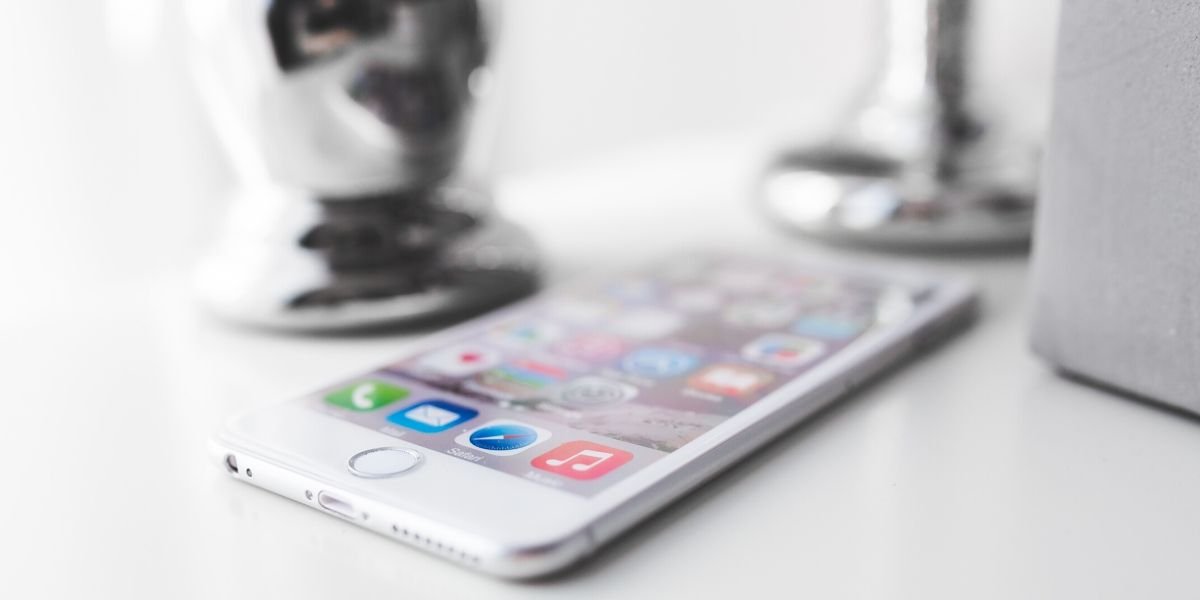
There’s been talk for a while now about Instagram removing post likes as a test, and they began testing it in various countries earlier this year before the change went global last Thursday. And now of course there is tons of chatter about whether or not the change will become permanent, with various opinions on whether or not it’s necessary.
Prior to the test, Instagram was already focused on efforts to prioritize mental health. In fact, Instagram Stories were introduced to alleviate the pressure of receiving likes. Although, I feel we all still placed pressure on ourselves in wanting a high view count (and weren’t we all always so excited on those days our Stories were viewed by random accounts and we got even more views?!) but at least view counts on Instagram stories have never been public, which undoubtedly did alleviate some of the pressure.
The head of Instagram, Adam Mosseri, has said that Instagram doesn’t care about how this change could hurt their business if it means it helps people. And in a world full of evil, greedy corporations willing to do literally anything to make a buck, this is exactly the kind of thing we all want to hear companies stand for; people should always be more important than money.
One thing that has been consistently reported from countries like Canada that were in the earliest phase of testing (May 2019) is that people were posting more often and feeling less pressure on whether or not a photo was “Instagram-worthy.” And that is an end-goal for the platform — that people will feel more willing to express themselves and share a wider range of content without the pressure for a post to perform and receive lots of likes.

Before the test hit the U.S. last week, I posted a poll on my Instagram Story asking if people felt Instagram should remove post likes. 93% said yes. I have to admit, I have mixed feelings about it. On larger accounts, I was always curious to see which types of posts got the most engagement. Even with celebrities, some posts receive far more likes than others and I just find it interesting. For example, worldwide, they have done studies that show that posts with someone smiling in the picture are always preferred. And I’ve noticed that a lot of celebrities get more likes when they share photos of their significant other and families instead of just solo photos.
Overall though, I do think it’s undeniable that removing likes will help improve stress levels, anxiety and self-worth for many people. As far as whether or not the change becomes permanent, my two cents is that for starters likes should be hidden on the accounts of everyone under the age of 18. I didn’t grow up with Instagram when I was in school and I am so thankful I didn’t. At all ages it can be hard to fit in, but especially in middle school and high school, and I can’t even imagine the added pressure than Instagram has placed on kids these days.

Yet with the way they’ve rolled out the test so far, you can still tell to some degree which posts are getting more likes than others. If a post says it’s liked by Person X “and others” you know it has less than 100 likes. Whereas other posts say “and hundreds of others,” “thousands of others” or “millions of others.” So does it help for the person who gets 30 likes versus 80 likes? Sure. It also doesn’t distinguish between someone getting 200 likes versus 800 likes, and so forth, but there still is a dimension of measuring popularity to a certain extent and I would suspect it could perpetuate that feeling of Instagram being a popularity contest.
But there is another dimension to Instagram likes that I don’t think most people have taken into account when measuring their likes against someone else’s. Just because someone else gets more likes than you doesn’t necessarily mean they are cooler than you, more popular than you, have more friends than you, etc. It might just simply mean that they are working the Instagram algorithm better than you are.
There has been so much talk about the algorithm and yet people don’t take it into consideration when they’re placing pressure on themselves to get likes. While the algorithm is constantly changing depending on what Instagram wants to do at any given time, there are basic components that are always at play: the time of day you post, the day of the week you post, how often you post, how much you engage with other accounts (likes and comments), how consistent you are about posting, etc. For example, there are cases where two friends will share similar photos and one gets way more likes than the other. The difference? One posted the photo on a Wednesday afternoon, getting less likes than the other, who posted the photo on Sunday morning when more people are on Instagram.

And let’s not forget to take into account who your followers are. Some people have way larger families, and therefore obviously have more people who are engaged with their lives and their content when they post. I have a very small family and never get huge amounts of likes from this category. Another thing to consider is how often your friends are on Instagram. Some people simply get more likes because they have more followers who are constantly on Instagram. For example, on average, a 25-year-old is not getting as many likes as a 16-year-old whose friends are on Instagram all day long. Adults have other things to do with their time. And age isn’t the only factor. Even when looking at peers your same age, they simply might have followers who are on Instagram more often than your followers are.
And don’t forget that dang algorithm. Instagram is constantly ranking accounts as well as individual posts based on popularity, and identifying who should see your posts based on their past behavior. So in a way it continues to “reward” accounts that are constantly getting a lot of likes by pushing their content out to more people, and therefore continuing to give them an increased chance of getting more likes on their future posts. For example, let’s say someone named Alex is posting on her account. If the same 200 people have liked Alex’s previous 5 posts, then those 200 people are likely going to see Alex’s next post at the top of their feed because Instagram has identified that group as people who are interested in Alex’s content.

That is one thing I don’t like about Instagram, and many people have complained about it over the years. Because Instagram is constantly trying to identify what accounts I like based on my past behavior, I keep seeing the same peoples’ posts over and over again in my feed. And that’s not what I want. I follow certain accounts for a reason — I want to see what all of them are posting, not just the same few. I wish they would just show the latest posts from the all accounts I follow in chronological order on my homepage feed so I can scroll through as long as I want and view a wide variety of content.
Who knows what Instagram will decide to roll out in the future. With reportedly over 1 billion users worldwide, 500 million of which are active daily, it makes sense that Instagram is constantly evolving and changing their strategy to remain relevant and better serve their users. And so far, the latest change of hiding likes seems to be a positive one.